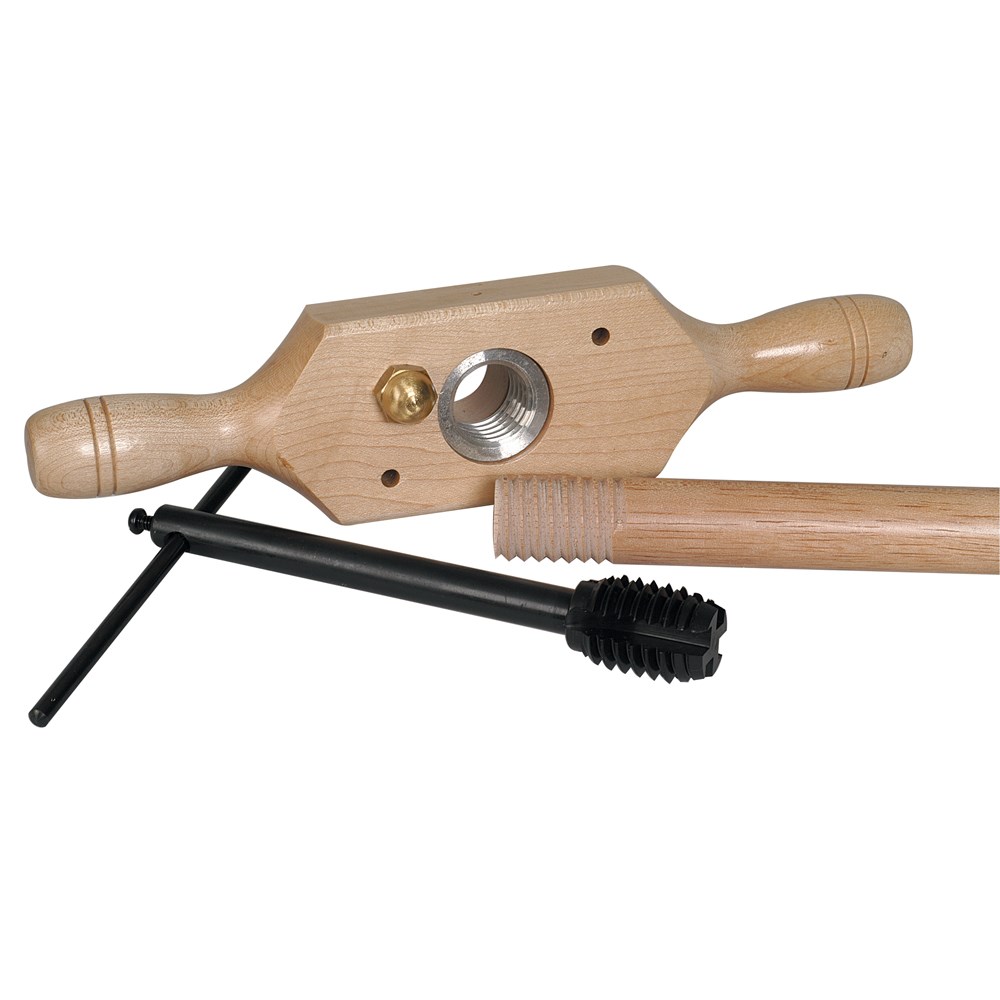Well, first off I cleaned up the shop a bit. Nothing major, just put tools away and swept the place up a bit.
Then to kill some time on a rainy afternoon I did a couple of small potter around things. These are the jobs that most people don't bother doing, but since I have a shop and tools I improvise and repair.
I also took time to sharpen some knives and change the blades in a couple of utility knives. Maintenance stuff like that takes more time than you realize. I like to use times like this to sharpen blades so that when I reach for them during a building project I don't have to stop and sharpen.
While I had my super crazy glue out I glued a rare earth magnet to my pencil sharpener so that it would stick to my over bench work light. As with having sharp tools it is nice to work with a sharp pencil.
The last thing I did was make a pattern for and cut out a silly little craft. These roosters will go into the box for the church bazaar.
Projects like these give me practise in making patterns from a photograph and uses up small scraps of wood that I have been to cheap to throw away.
 |
| holding post-it notes on my desk. |
Have a good couple of weeks and I'll for sure be back in mid May, and maybe will post an update or two before if I get a chance.
cheers, ianw




















































